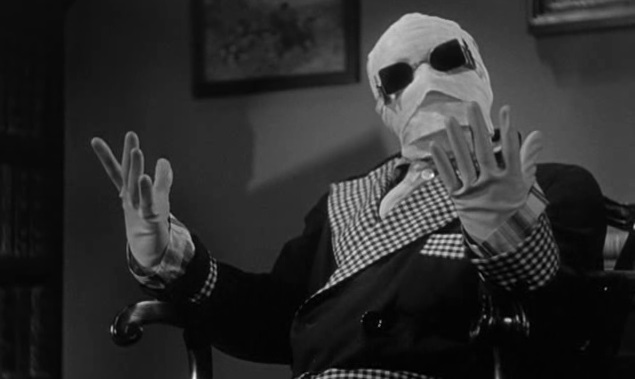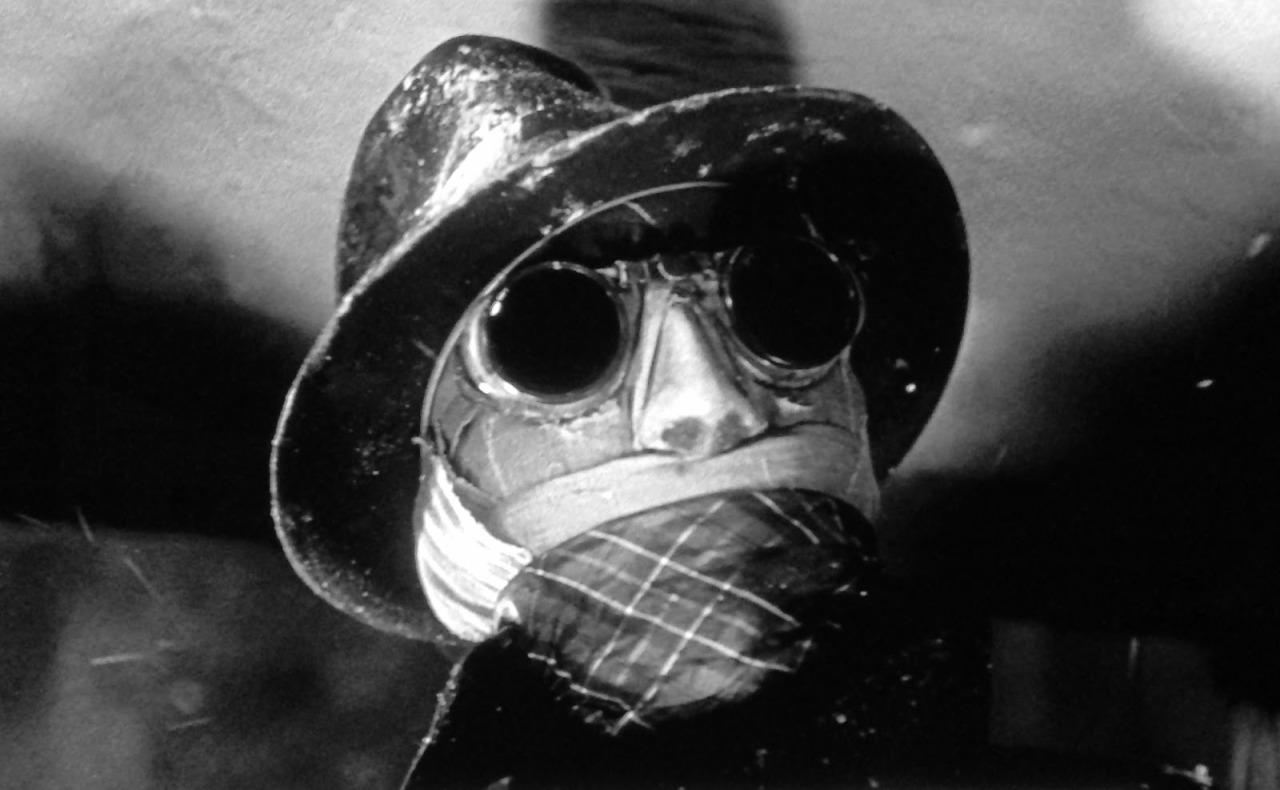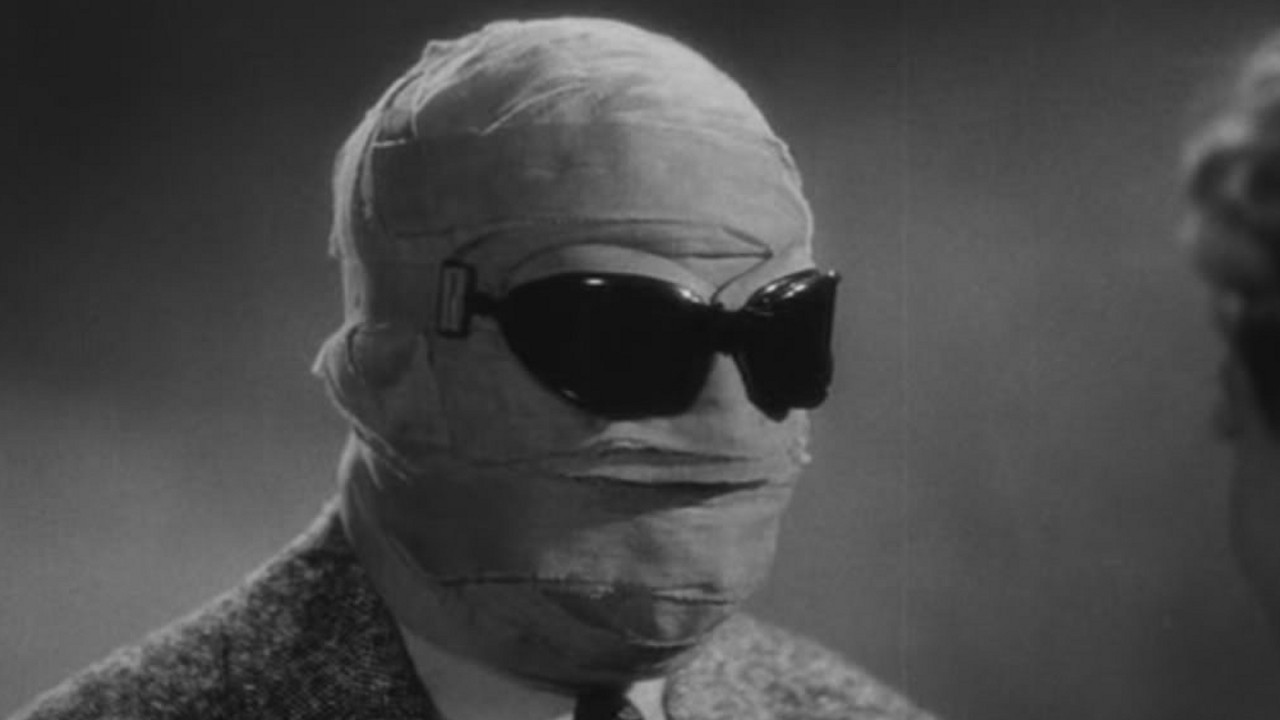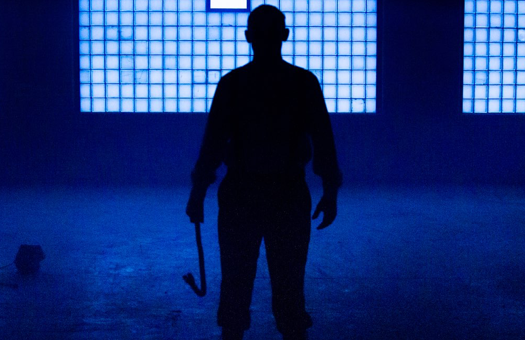Yesterday, Variety broke the news that Jason Blum has put his moniker on yet another long-standing horror franchise—Universal Pictures’ classic monsters.
The first of potentially many resurrected Universal monster movies to be announced is The Invisible Man, which will be directed by Blumhouse regular and Saw writer Leigh Whannell.
This will only be Whannell’s third directing gig, after Insidious: Chapter 3 and last year’s minor hit Upgrade. But given that the former is a fairly traditional horror film and the latter has plenty of Frankenstein DNA to its premise, there’s reason to be confident in Whannell’s take on H.G Wells’ 120-year-old sci-fi novel.

Apologies to the other two Universal monster masterpieces, but it’s the Invisible Man franchise that delivers the most consistent quality.
The brighter glimmer of promise, however, is the fact that Universal’s original Invisible Man franchise is a criminally underrated string of films, anchored by a masterpiece in James Whale’s flagship 1933 film.
With bigger monsters like Count Dracula, Frankenstein’s Monster, and the Wolf Man having a more lasting impact on the horror genre, the Invisible Man has (forgive the pun) lived in the shadow of his peers over the last century. But with all apologies to the other two Universal monster masterpieces—Frankenstein and Bride of Frankenstein (both of which, not coincidentally, were also directed by Whale)—it’s the Invisible Man franchise that delivers the most consistent quality.
Whale’s The Invisible Man, the fourth film in the Universal monsters series, brilliantly skips over the origin story of Claude Rains’ mad scientist character in favor of a moral examination of a man with immense power. And while the special effects are naturally rather dated today, there’s still something magical about the methodology.
Then there’s the also excellent The Invisible Man Returns, starring a young Vincent Price in his first horror role, which maintains much of the original film’s spirit a good seven years later. Price, though literally unseen throughout almost all of the film, is nearly as fantastic as Rains, and the special effects (still quite remarkable for their time) went on to be nominated for an Academy Award.

Whannell has proven his horror chops with numerous scripts, and he’s also shown us that he knows how to deliver on a high-concept action premise.
Two years later, Invisible Agent abandoned most of the character’s horror elements in favor of a WWII caper—with surprisingly good results. Here, the Invisible Man’s abilities are sought out by Axis forces but instead utilized by the U.S. government in order to infiltrate Nazi Germany. (There’s even an ad for war bonds at the end of the closing credits!)
The franchise leaned fully into comedy with 1940’s The Invisible Woman and 1951’s Abbott and Costello Meet the Invisible Man, and although these two films don’t hold up like the others do, they show that the character premise naturally lends itself to humor.
There have been a few attempts to bring the character back in years since, but most have either been relatively quiet or unsuccessful. (With the exception of 2000’s Hollow Man, which made $190 million worldwide and also earned a Best Special Effects nomination at the Oscars.)
But with Blumhouse on board and Whannell at the helm, this could be different.
Despite his lack of directing experience, Whannell has proven his horror chops with numerous scripts for the Saw and Insidious franchises, as well as other standouts like Dead Silence and Cooties. He’s also shown us with Upgrade that he knows how to deliver on a high-concept action premise, even when given a limited budget. And as we’ve seen on plenty of occasions, Blumhouse isn’t afraid to inject some comedy into the mix with their scare tactics.
The ingredients are all there for a fantastic reimagining of the Invisible Man mythology. Now it’s time to let Whannell cook.






























